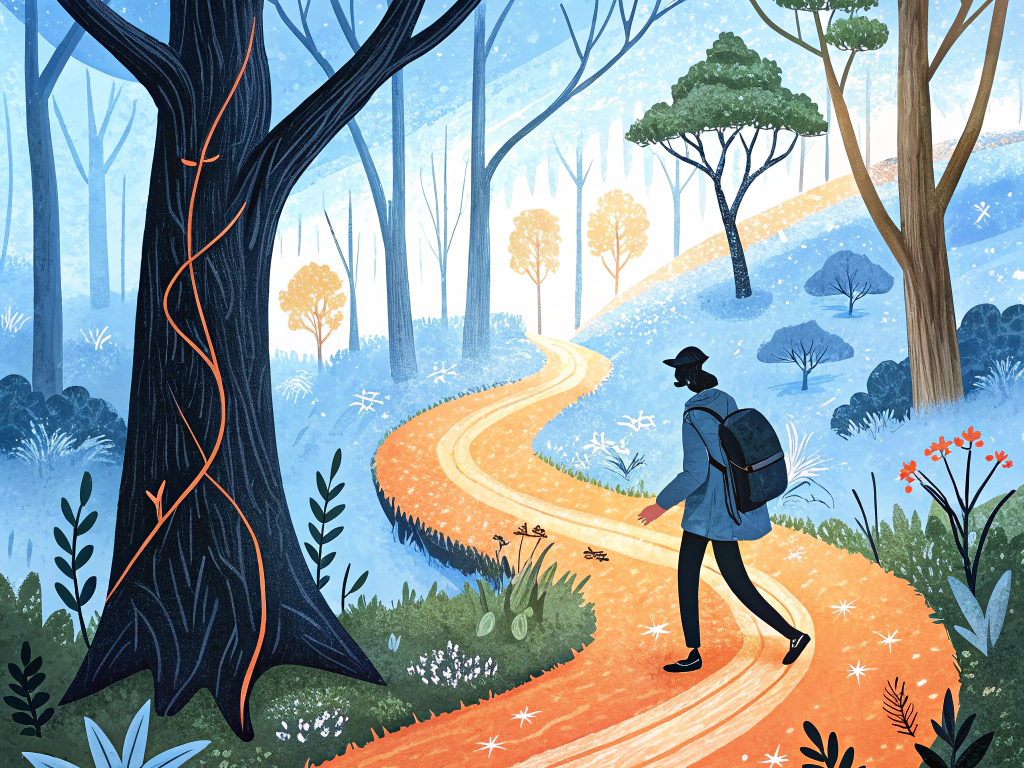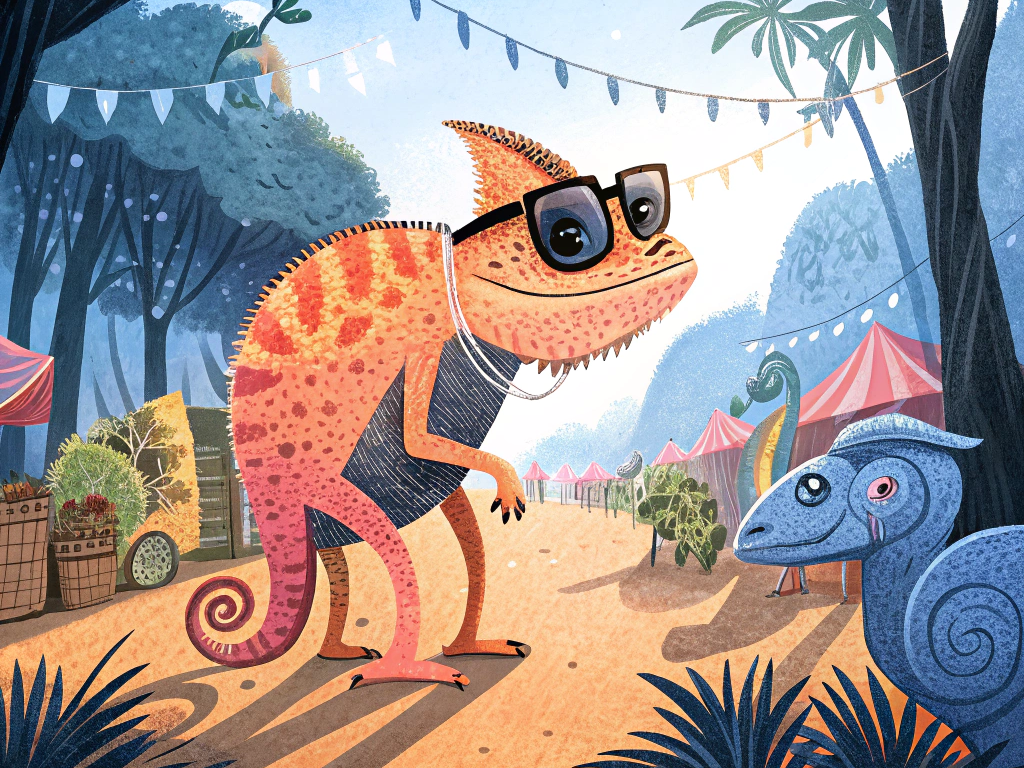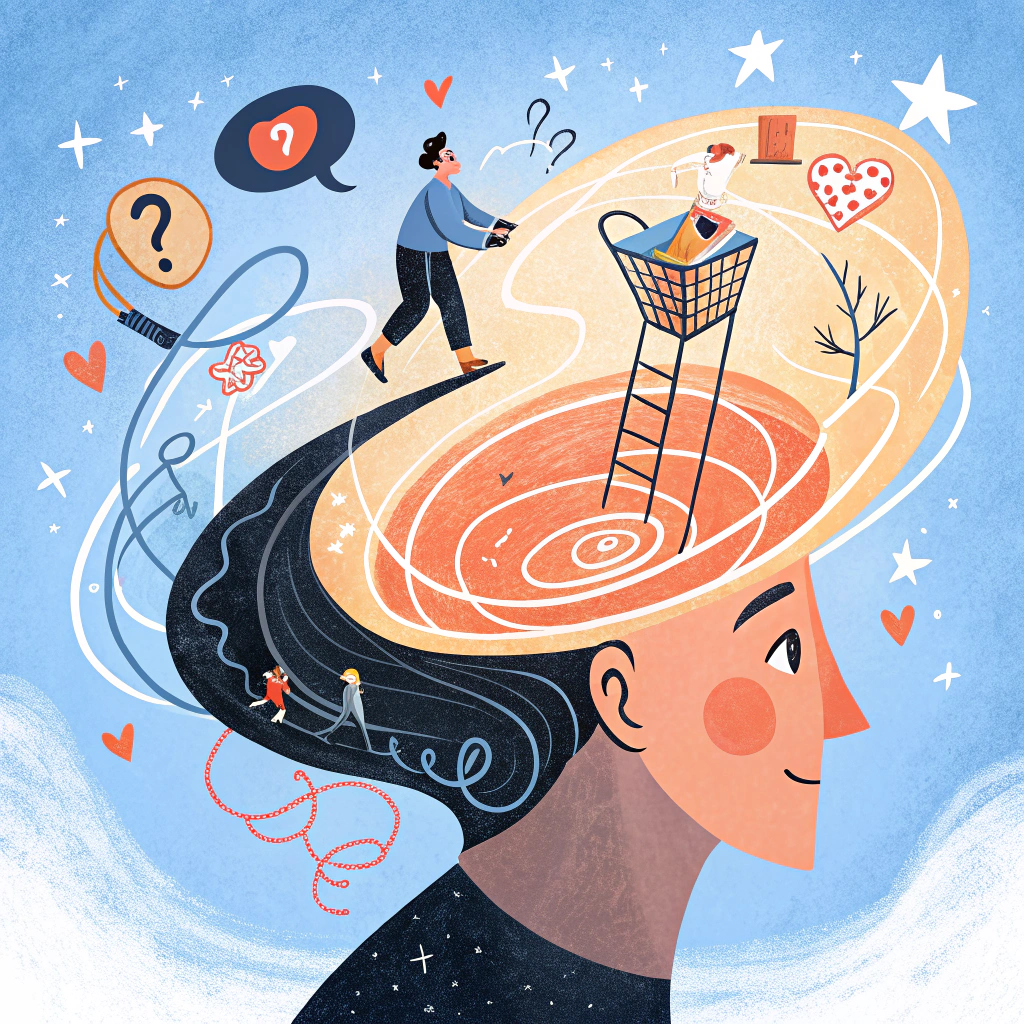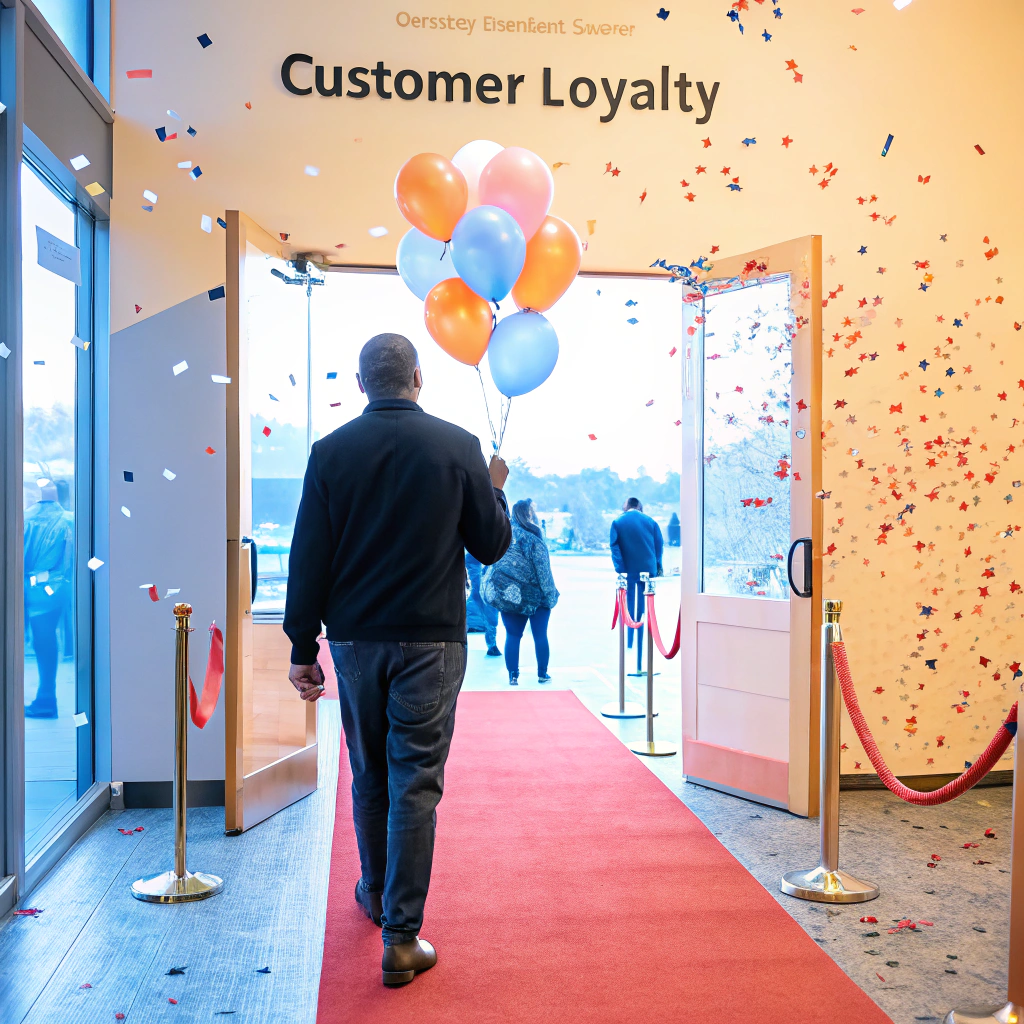Lately, we’ve been trying to figure out how to get into our ideal customers’ minds and always know what they’re thinking.
First, we headed up into the mountains of India in search of mind-reading tools, meditations to unlock the eighth chakra, and ways to reconnect with the human spirit…
What has been most successful though, is something much simpler than the above, but way less cool – customer journey mapping.
Map the customer journey out correctly, and you’ll know exactly what they need, every step of the way. This way, you can have a product people adore and irresistible marketing campaigns.

The Customer Journey Map (CJM) is a visual representation of the process a customer goes through from “I have no idea who you are” to “Guys you HAVE to buy this person’s products”.
Here’s exactly how it can help you, depending on what you do:
With a good CJM, you won’t just figure out how to improve your product for your customers. Its use goes far beyond that. You’ll see exactly how to position, market, and create your product. It’s a full-blown strategy for market domination.
You’re an entrepreneur who’s starting a new business…
And you’d like some more clarity regarding growth, product development, and launch strategy…
So – you’ll LOVE my free eBook: The Startup Launch Roadmap!
It’s a step-by-step guide (still easy to read though) designed to show you HOW to design your product, how to launch it, and how to scale it.
Finally understand the exact steps you need to take to grow your business here:
Before you turn into a one-eyed pirate and start creating your map, you need to get clear on your target audience.

I’m assuming you already have a target persona, but in case you don’t – this is how you build it, in a nutshell:
Creating your customer persona is really worth doing. Just do it now and keep iterating. If you want to read more about it, we have an amazing, fun, and easy article about it.
The customer journey is divided into 5 parts. Attention, Interest, Desire, Action, Loyalty. If it’s too much to remember, just memorize: The AIDAL Framework.
In this stage of customer journey mapping, I repeat, you ONLY need to focus on catching people’s attention. They are not yet ready for in-depth information. In today’s world of constant entertainment, you have to be a little different.

You need to stand out with content that impacts their emotions.
We often make decisions using the emotional side of our brain (hence the reptilian brain name) and if you want to catch people’s attention, you need to appeal to it.
My best advice is: Learn how to write catchy headlines, use strong visuals, and incorporate storytelling. It will be very hard for your customers’ brains NOT to be curious if you have these three things.
Why do you think I wrote that obnoxious joke about the Indian mountains in the beginning???
Not everyone is willing to crack jokes on blogs, so there you go, ”secret” revealed.
Literally. This is the stage where people are curious and actively trying to discover more about how you can help them. They are INTERESTED 😉.

So, give them what they want! Offer valuable content that demonstrates your expertise and shows you have what they need to escape their problem.
However, don’t just talk about your product. Show it in action. Use case studies, testimonials, and examples of successful outcomes to show how valuable your product is. If you don’t have those yet – focus on getting them. People rarely buy products without seeing others be happy with them.
Pro tip: Don’t be afraid to be authentic. No need to overshare your childhood trauma on Instagram, but do show who you are and what you stand for. Emotional connection drives as much, if not more interest than “free value”.
By now, people are seriously considering buying from you. This is the point of customer journey mapping where they just need you to hold their hand and reassure them that everything will be alright.
Everyone has some concerns and objections at this stage, which you must address. Do so BEFORE the prospect complains (directly to you or in their head).
This lets you show them why their objection “doesn’t really matter”. Basically, it makes them think “Oh I understand, it’s not that bad. I still want it”.
Just remember: In the Desire stage, people have built up a desire for your product, but they need to get some proof and reassurance.
Okay, the customer loves your offer. They are READY to buy. The credit card is out and the reading glasses are on. They’re already focusing on the little numbers on the card. Don’t f*ck this up …
*Redirecting through several unnecessary pages, upsells, create-an-account-forms SURVEYS…*
Aaand… The customer got frustrated – and you lost the sale.
Don’t make users jump through hoops to become customers. Make it as frictionless as possible. However, when you want people to sign up for free stuff, you can make it a bit difficult (if you want).
For example, you can add an extra step for your email sign-up to attract higher-quality leads. Think about it – if you can make someone invest a bit of effort into signing up, they are more likely to value what you give them.
But for the actual payment, please make it easy and frictionless. No one likes to struggle with payments.
If you do a quick Google search, you’ll notice that not many marketers include loyalty in the framework. However, it should be a key part of your customer journey map.

The best way to get loyalty is by exceeding your customers’ expectations. If you only focus on making as many sales as possible, you probably won’t go far. Instead, focus on making your customers as HAPPY as possible, and you’ll be much better off.
Loyal customers will repeatedly buy from you, refer you to other people, and help you grow. Make sure you go above and beyond!
All this theory is amazing, but without clear actionable steps, it means nothing. And we vow to always give them to you. Here are some really cool tools that can help you craft a detailed customer journey map:
Tools are not the only thing you need to know about though – it would also be helpful to understand exactly what goes into the CJM:
One more actionable step: Check out our Customer Journey Map Course on the Eightception Learn Center. In there, you’ll find a step-by-step plan with plenty of examples, so you can see how a CJM works in action.
Creating a killer customer journey isn’t a robotic, step 1, step 2, step 3, process. It’s not all in the textbooks, or this article.
When thinking about your own, generate a thousand ideas if need be. Just brainstorm without judgment. If you have a team, involve them in this process, and reassure them that no idea is too outlandish.
When you have a list of ideas, then you can narrow it down. Ask yourself questions like:
“Does this idea make sense or is Owen from legal on shrooms again?”
Great. Now that some ideas have made it into the cut – you can test them on a small scale. Get some feedback, see what works, and what doesn’t. Then, just refine, and introduce the ideas into a full scale. The end 🙂
Now that you know what your ideal customer thinks and feels at every moment… Go out there and kick ass.
It’s time to create (or improve) your products and the way you sell them! If you want to go about it the smart way, you’ll need to know which features to prioritize first and what to work on later.
Understanding the customer journey helps you design a product that directly addresses the needs, pain points, and expectations of your target audience at all times. Here’s a summary of what we talked about here:

Email subscription is available ONLY TODAY (oh, okay, and tomorrow).
Surely, we respect your inbox! Unsubscription works every day.

We’d love to tailor your experience — which of these best describes you?